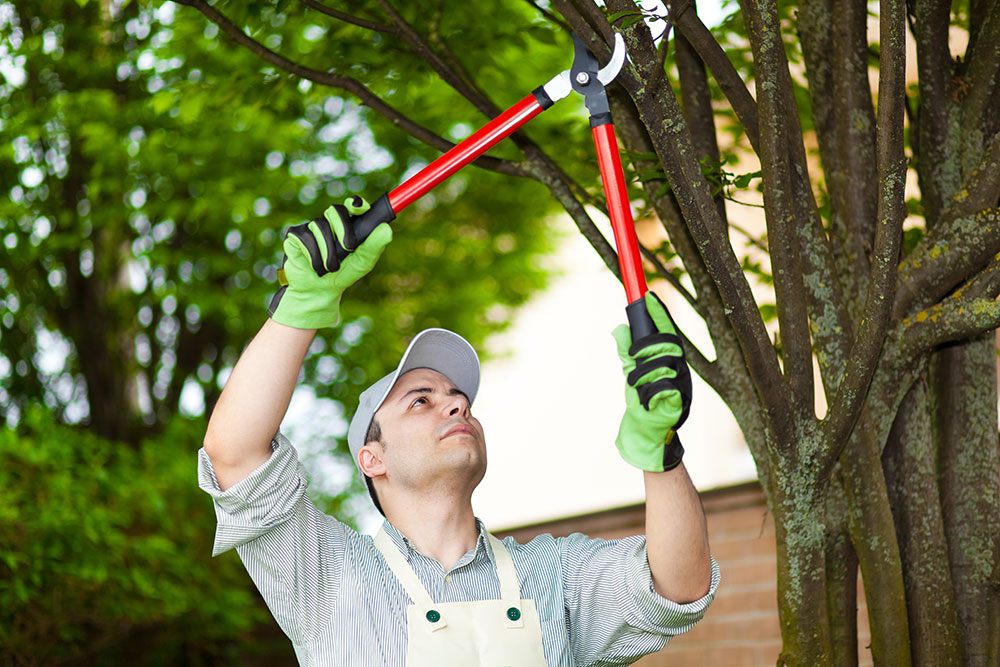How To Keep Your Yard Looking Nice In The Winter
Being current with the trends could be hard, especially when it is concerning a person's home. Everyone sees the landscape of a home, but few think to improve their own. Check out this article, and learn how to change all that.
When planning a landscaping project for your home, be sure that you try to completely estimate all of the costs involved. This is critical. Not only do you want to make sure that you are not stuck on a project that you cannot finish, but you also will be able to plan out what materials you need before going to the store.
If you are trying to install a patio that is made of concrete you should make sure that it is not incredibly large. The average patio size is 12 to 14 feet and having something that is much larger than that will only lead to the creation of more heat.
Be sure to plan what your landscape before you buy. Try sketching out your landscape design on a piece of paper prior to actually planting and building. When you know exactly what materials you need and where you are going to be putting them, it can help you avoid wasting money.
While it is common to use chemicals insecticides to ward off pests, many of them can cause harm to your plants. They best way to keep bugs away, is to grow plants that naturally repel bugs, or use a natural bug repellant like hot pepper spray, or dishwater on your plants.
Try to make sure that the height of your lawn is always between 2 and a half to 3 inches. Having your grass at this height will help protect it from sun and heat damage. Also, at this height, moisture will not evaporate as much as it would if it were taller.
It is not necessary to make sure you get every grass clipping off your lawn after mowing. The decomposing grass is great for your lawn, and it cuts down on your fertilizer bill.
Plan before you start shopping. It's important to know what you're getting yourself into. Before you go shopping for the things you need, make a plan for yourself. Determine exactly what you're doing, what the costs will be, and the skill level involved. It would be unwise to just start landscaping without some sort of plan. You could easily end up wasting a great deal of time, and money.
If your home is located in an arid part of the country, exercise caution when planting tall grasses in your yard. To reduce the risk of damage from wildfires, it is best to use short, grounded varieties of grass. If you absolutely must plant tall grasses, you should do so well over 100 feet away from your house.
Before you get out the shovel and wheelbarrow, make a careful plan for your landscaping project. You really need to think about what your goals are before you begin. What will you be using this outdoor space for when it is completed? Is it for sitting quietly and reading a book or for entertaining guests? Knowing your goals before starting will help you to achieve your desired outcome.
Use walls and fences in your design. Select a nice fence that will go well with your design and paint it with a harmonious color. You can use walls to suspend plants or even to paint scenes of your creation. Your design will look more finished if you use your walls and fences.
Plan your landscape well. The best landscaping projects begin with proper planning. To properly plan a landscaping project begin by drawing the dimensions of the area to be landscaped to scale using graph paper. This diagram will include plotting the locations of any structures in the area including established plants, water features and walkways.
Before you start on any serious landscaping project, consult with a professional and get their advice on your approach. It may take a bit of cash, but by having an expert tell you what they think you can avoid costly mistakes and save some time. Even an hour-long session with a pro is often enough start your project off on the right foot.
Understanding what type of soil you're working with is a very important part of landscaping. Certain types of soil may hinder the growth of your plants. If your soil is giving you trouble, think about changing it. You can also create beds that have wood chips or mulch in them.
When landscaping, it is important to carefully consider the temperature of the climate you live in and the water the plants you grow will need. If you live in an area with water restrictions, you should select plants that do not require large amounts of water.
Not only is landscaping practical, but the whole family can take part in it. So, make a plan that will enrich your family's landscape environment. It is a great way to improve your home and build memories.

